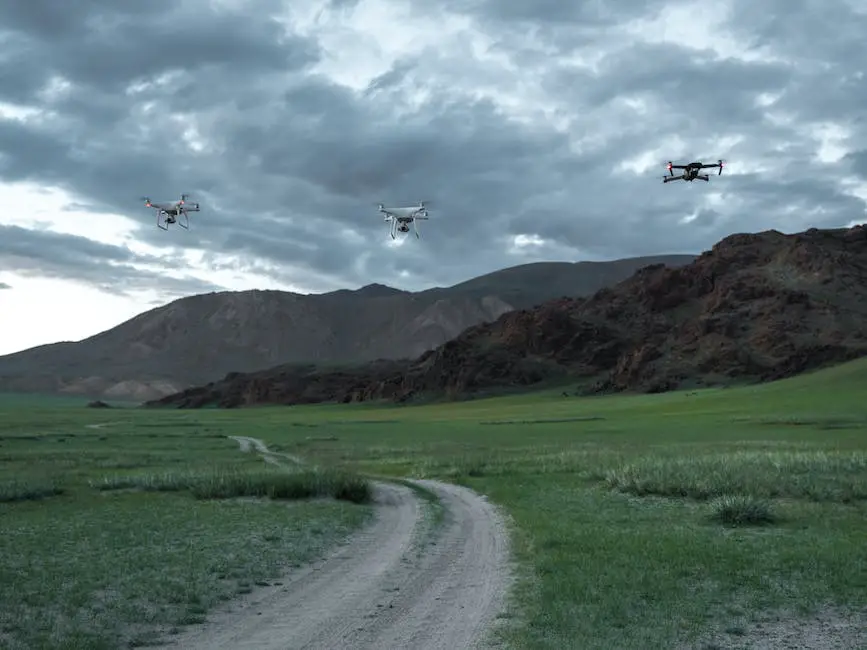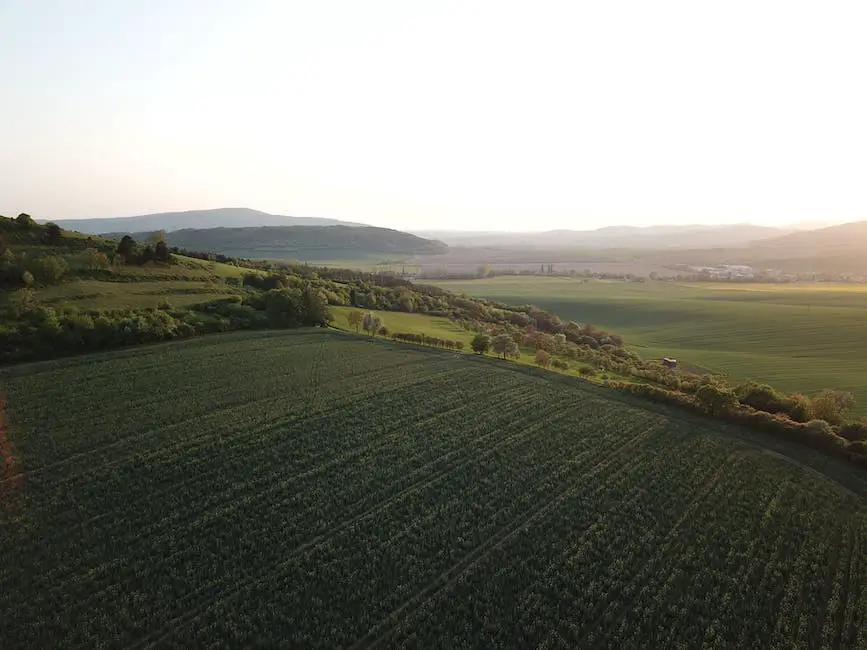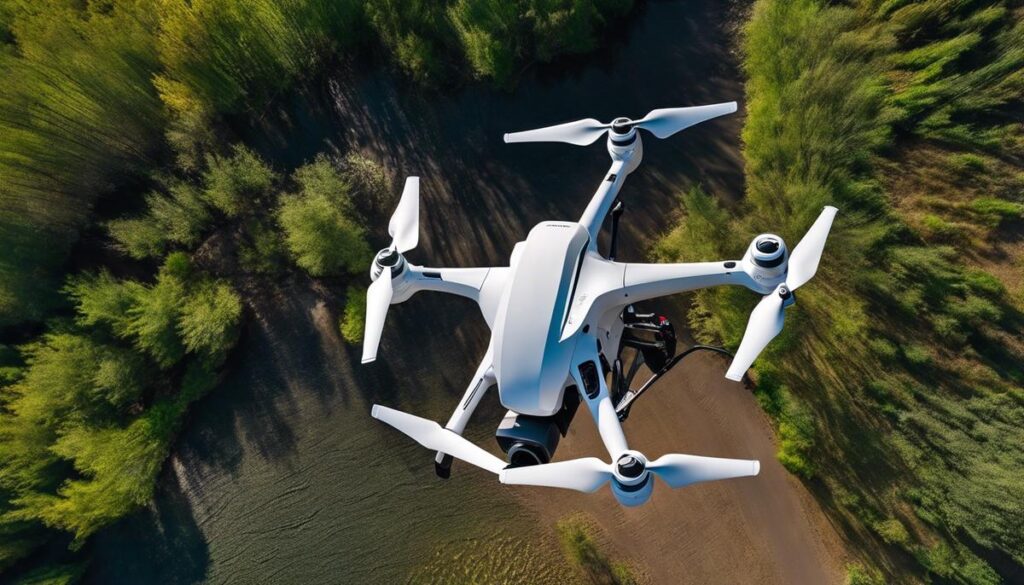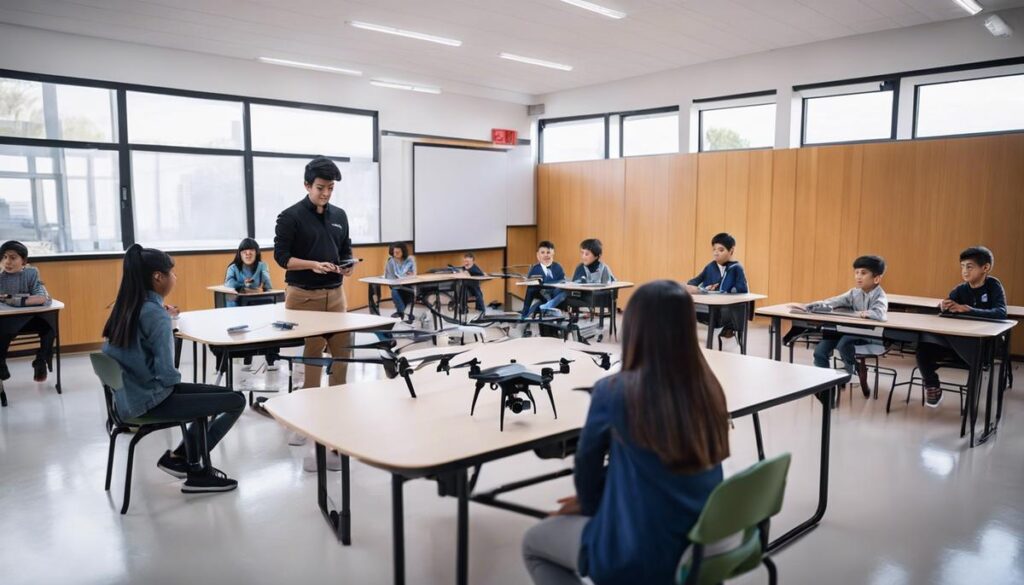As a drone enthusiast, it’s crucial to understand the significance of insuring your flying machine. In this article, we’ll explore hobbyist drone insurance, including its importance, typical coverage options such as liability, hull damage, and personal injury, and much more. Dive in to gain valuable insight into the fascinating world of drone insurance for hobbyists.
Understanding Drone Insurance
As drone enthusiasts and hobbyists, it is vital to understand the importance of having drone insurance to protect both the operator and the general public. Drone insurance typically covers various aspects, such as liability, hull damage, and personal injury. This type of insurance is designed to protect the drone pilot from potential claims and lawsuits stemming from property damage or bodily injury caused by the operation of a drone. With the increasing number of drone-related incidents, having drone insurance demonstrates a commitment to operating drones safely and responsibly.
Liability coverage in drone insurance provides protection for claims arising from property damage or bodily injury caused by the drone. This coverage is crucial as even the most skilled drone pilots may have accidents or unforeseen situations. Moreover, liability coverage often includes legal costs that the insured might incur as a result of a claim, making it essential for hobbyists who might not have the financial resources to handle legal expenses. Hull damage coverage, on the other hand, covers the cost of repairing or replacing the drone itself in case of an accident or damage. This coverage is critical, as drones can be expensive investments and can be prone to damage.
Understanding the complexities of drone insurance for hobbyists is crucial in making well-informed decisions when selecting the right coverage for their specific needs. Liability, hull damage, and personal injury coverage are all important aspects to consider when choosing a policy. Personal injury coverage refers to any harm or injury sustained by the drone operator while engaging in drone-related activities and can provide financial assistance for medical expenses, lost income, or other expenses resulting from the accident. By obtaining appropriate insurance coverage, hobbyists can ensure a safe and enjoyable drone-flying experience.

Photo by aaronburden on Unsplash
Types of Drone Insurance Policies
In the realm of drone insurance, one option available to hobbyists is on-demand insurance coverage. These policies offer flexibility by allowing drone operators to purchase coverage only when they plan to fly their drones. Through a mobile application or website, pilots can secure coverage for a specific flight or time period, typically in hourly increments. On-demand insurance is particularly beneficial for operators who don’t fly their drones frequently, as it eliminates the need for an annual policy that covers the entire year. However, it’s worth noting that on-demand insurance may be less cost-effective for those who regularly fly their drones, as the cost per flight can be higher than an annual policy.
Another option to consider is annual insurance coverage, which provides coverage for an entire year regardless of the number of flights. Annual policies are ideal for those who use their drones extensively, since paying for a year’s worth of coverage may be more economical than purchasing on-demand insurance for each flight. However, for hobbyists who do not fly their drones frequently, an annual policy may prove to be more expensive than necessary.
Usage-based insurance policies offer a flexible option for drone hobbyists, combining features of both on-demand and annual policies. These policies provide coverage based on the actual usage of the drone, with a monthly or annual premium. They can be tailored to fit the needs of the enthusiast, offering more coverage during periods of heavy use and less during times of infrequent use. As such, usage-based policies may strike a better balance for those whose drone usage varies throughout the year. However, tracking usage can be more complex and time-consuming, making it essential to weigh the benefits and drawbacks before settling on a usage-based policy.

Insurance Providers and Comparisons
When exploring drone insurance providers, it’s crucial to examine and compare the various companies that specialize in catering to hobbyists. Numerous insurance providers now offer comprehensive plans explicitly designed for drone enthusiasts, such as the specialized policies provided by BWI Fly and the Academy of Model Aeronautics (AMA). These providers typically offer plans that encompass liability coverage, medical coverage for injuries, and comprehensive or collision coverage for damages to the drone itself. By carefully analyzing these offerings, hobbyists can find the right coverage that meets their needs and keeps them protected.
Analyzing and comparing coverage limitations and customer reviews of various insurance providers can help hobbyists make informed decisions on selecting a policy that best suits their needs. For instance, AMA offers a comprehensive plan including $2.5 million in liability coverage, while other providers like SkyWatch.AI offer more customizable coverage and allow clients to purchase coverage on a per-flight or annual basis. Comparing customer reviews and feedback will also provide insights into the quality of service provided and overall satisfaction of the provider’s clientele.
As a drone enthusiast or hobbyist, it is important to consider insurance policies for your devices. Some drone manufacturers, such as DJI, offer their own insurance plans like DJI Care Refresh, which focuses on quickly replacing damaged drones and providing coverage for repairs caused by accidents, water damage, and other common mishaps. It’s crucial to compare manufacturer-based insurance with third-party providers to determine the benefits and coverage levels that best suit your activity levels and specific drone model. By examining the various insurance providers and their policies, drone hobbyists can ensure their devices are protected and fully covered, allowing them to enjoy their passion with peace of mind.

Photo by randytarampi on Unsplash
Costs and Factors Affecting Premiums
When it comes to hobbyist drone insurance, the costs associated with these policies can vary significantly depending on several factors. In general, the premium rates for hobbyist drone insurance can range anywhere from $60 to $1,000 per year, primarily influenced by the type of drone, the coverage limits selected, and the operator’s flight experience. It’s essential to note that these insurance policies typically cover third-party liability, personal injury, and property damage related to drone usage. A thorough comparison of available insurance options will assist you in finding the protection that fits your needs, keeping your investment safe and your mind at ease while you enjoy your drone hobby.
One significant factor that impacts the premium rates is the type of drone being insured. Higher-end drones with more advanced features and capabilities usually come with higher insurance costs due to their increased potential for causing damage or incurring expensive repairs. Additionally, flight experience plays a crucial role in determining insurance premiums. Operators with more flight hours and those who have completed flight training or certification courses tend to have lower premiums than less experienced pilots. Insurance providers consider experienced drone pilots as lower risks, resulting in reduced rates.
One of the main factors influencing the cost of drone insurance for hobbyists is the chosen coverage limit. Insurance policies offer various coverage limits for liability, personal injury, and property damage cases. Opting for higher coverage limits results in increased premium rates for drone insurance policies. Therefore, it’s crucial for drone enthusiasts to carefully evaluate their needs and potential risks before selecting an appropriate coverage limit. By doing so, they can save on premium costs while ensuring sufficient protection against accidents or incidents.

Filing a Claim and Handling Accidents
In the event of an accident, hobbyists must promptly notify their insurance provider to initiate the claim process. Providing accurate and detailed information regarding the incident, such as the time, date, location, and other relevant factors, is essential to support the claim. Keeping a log of your flights, including weather conditions and flight duration, can be beneficial in documenting your flight history and supporting your claim.
By connecting these two paragraphs, hobbyists can understand the importance of selecting the right coverage limit and the required steps to follow when filing a claim, ensuring a smooth and comprehensive insurance experience for drone enthusiasts.
To successfully file a claim, you’ll need to gather important documents and proof of the incident. This may include any photographic or video evidence of the accident, receipts of purchase and maintenance records, and in some cases, a completed incident report form provided by the insurance company. In the event of third-party damages, you’ll need a record of the contact information of the affected parties and any correspondence received from them. Some insurance companies might require an official police report in cases, such as theft or vandalism. It’s also recommended to keep a log of your communication with your insurance company and all third parties involved during the claim process.
As an enthusiast or hobbyist, it’s crucial to understand the importance of drone insurance and how it can protect you in the event of an accident, such as pilot error. Ensuring that you have a comprehensive policy that covers various scenarios, including proper maintenance and safety measures, can save you from financial burdens in case of a mishap. In some instances, if the damage is minor and repair costs fall within your deductible, you may not need to file a claim. To best prepare yourself, it’s essential to be thoroughly familiar with the coverage provided by your chosen policy.

Legal Responsibilities and Risk Management
When it comes to operating drones, another important facet for hobbyists is understanding the legal responsibilities that accompany their use. For instance, the Federal Aviation Administration (FAA) mandates that drone owners register their unmanned aircraft systems (UAS) if their weight is between 0.55 pounds (250 g) and 55 pounds (25 kg). This registration can easily be done online and ensures compliance with federal regulations. Furthermore, hobbyists must adhere to FAA guidelines, such as maintaining visual line-of-sight, staying at or below 400 feet in altitude, and avoiding flight near airports or emergency response efforts. Non-compliance with these regulations may result in penalties, fines, and could even compromise your drone insurance coverage.
Another critical aspect of drone ownership is effective risk management to avoid accidents and potential insurance claims. Adhering to best practices can help minimize the likelihood of accidents and safeguard a hobbyist’s investment in their drone. One of these practices is to conduct regular maintenance checks on the drone, ensuring that all components are in optimal condition. This includes checking for any loose or damaged parts, as well as ensuring that the drone’s software and firmware are up to date. Another key strategy is to be cautious when flying in areas where there may be obstacles, such as trees or buildings, and to always consider weather conditions, like wind and visibility, before flying.
Staying knowledgeable about local regulations concerning drone usage is equally critical for hobbyists, as rules may differ between cities, states, or countries. For instance, some locations may have restrictions regarding drone flights over private property, where obtaining permission before launch would be required. Additionally, investing in appropriate insurance coverage can provide increased protection and peace of mind for hobbyists flying drones. Drone insurance typically covers damage to the drone itself or third-party property caused by accidents or malfunctions. By understanding and adhering to these legal responsibilities and risk management best practices, hobbyists can enjoy their drone experiences while also ensuring the safety of themselves and others.

By now, you should have a better understanding of hobbyist drone insurance and the different factors to consider when choosing a policy. Whether you’re opting for on-demand, annual, or usage-based coverage, make sure to compare various insurance providers and their offerings to find the best fit for your drone-flying needs. Remember, mastering the legal responsibilities and risk management practices will not only make you a safer and responsible drone pilot but also help you avoid accidents and insurance claims in the long run.
Originally posted 2023-05-26 23:38:17.


